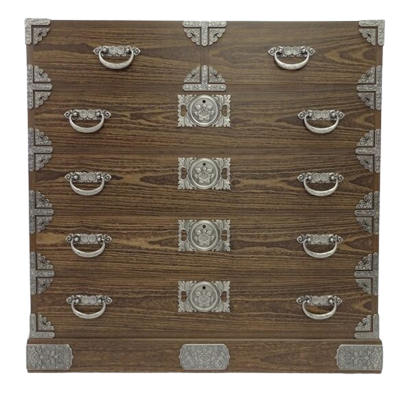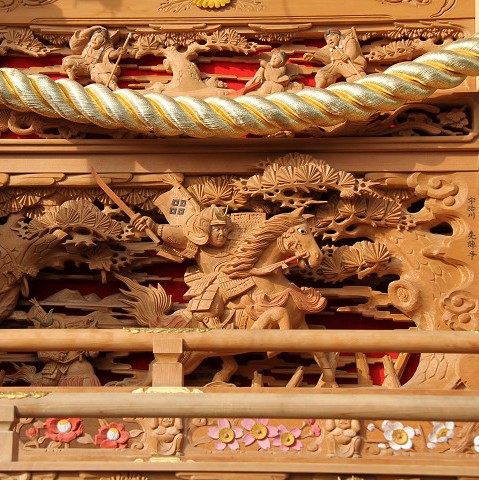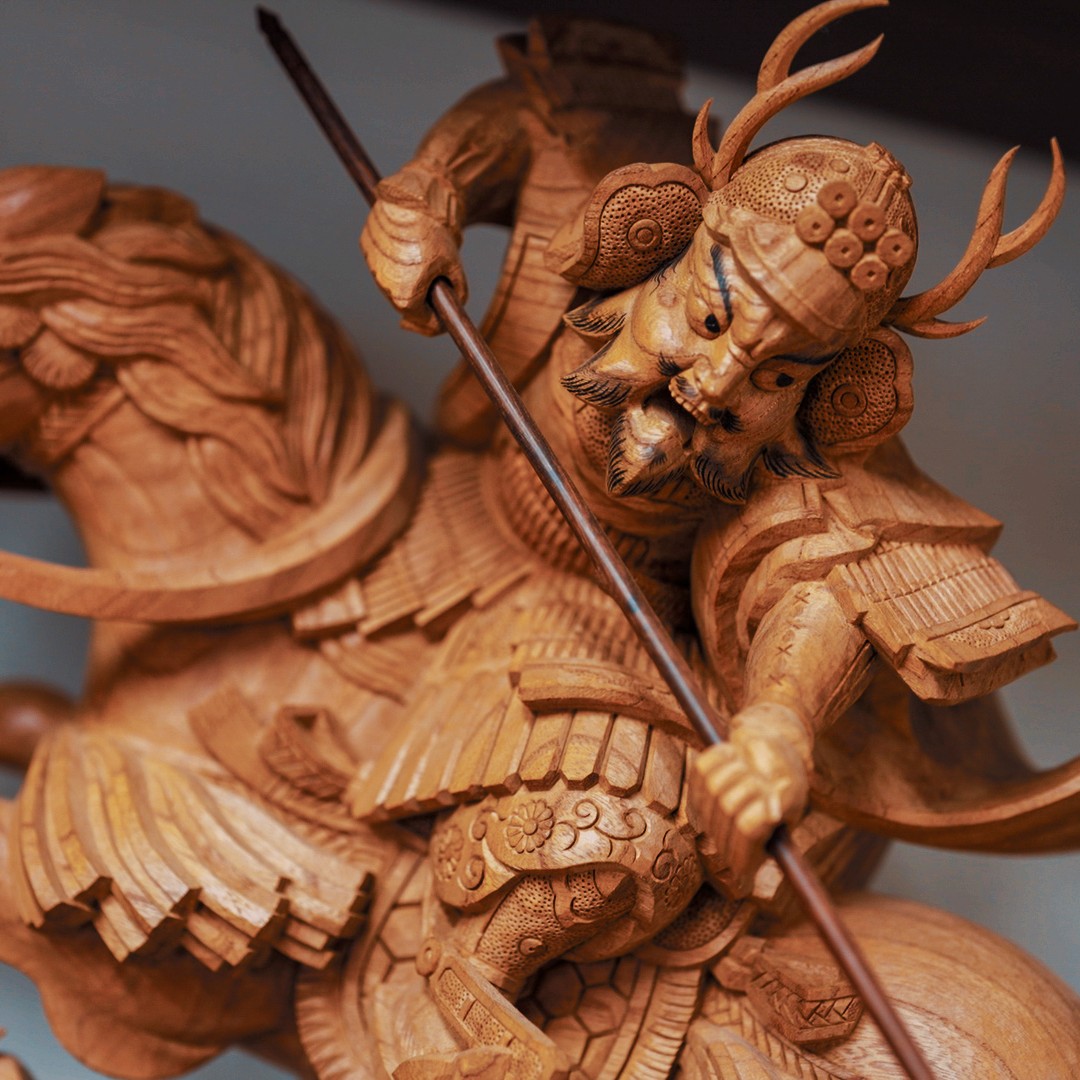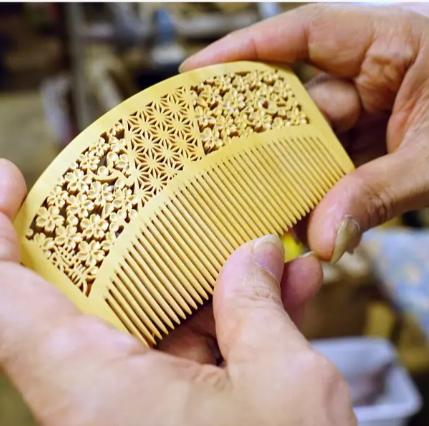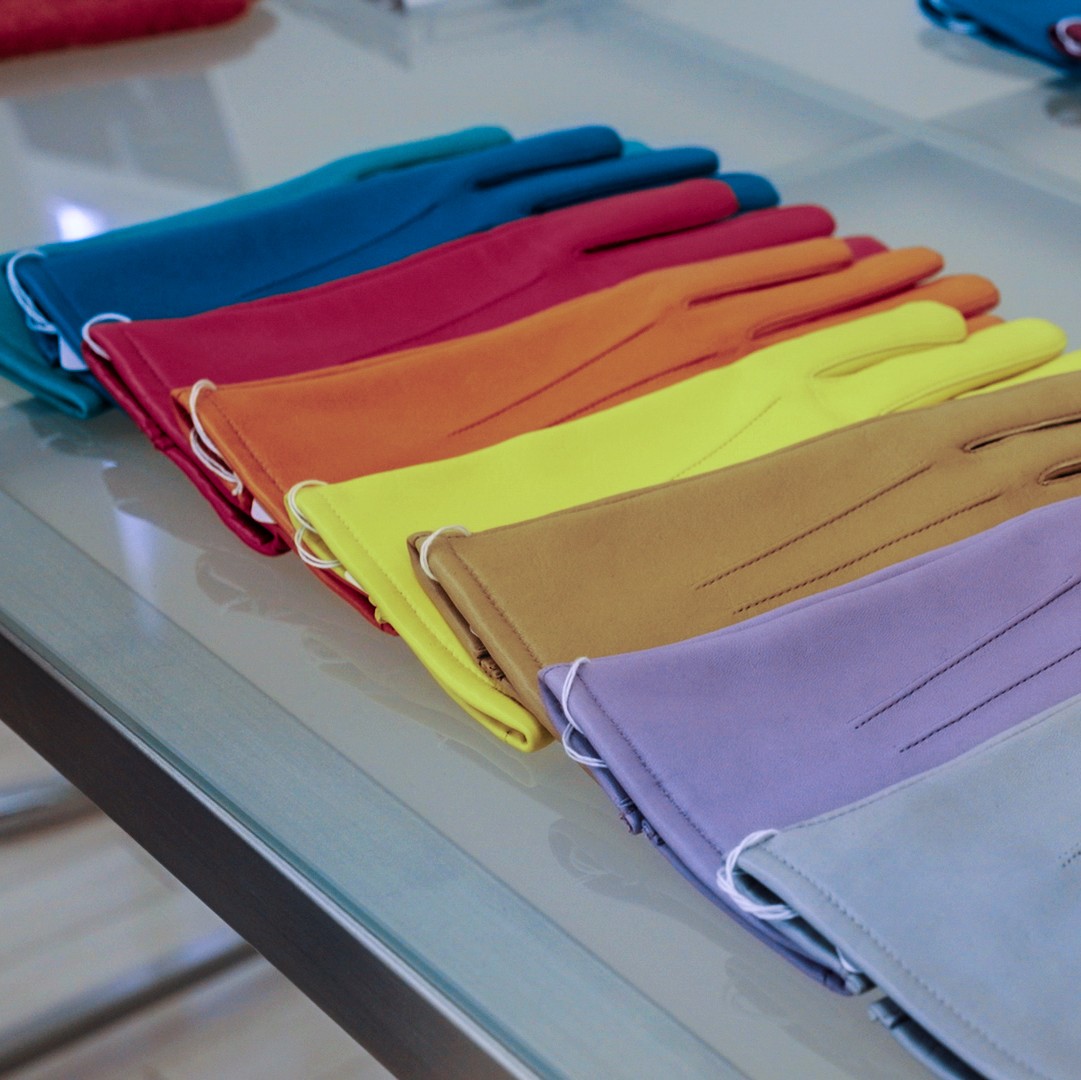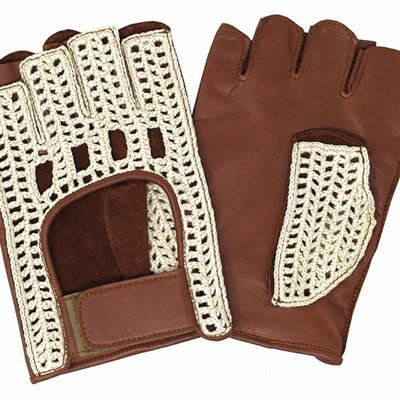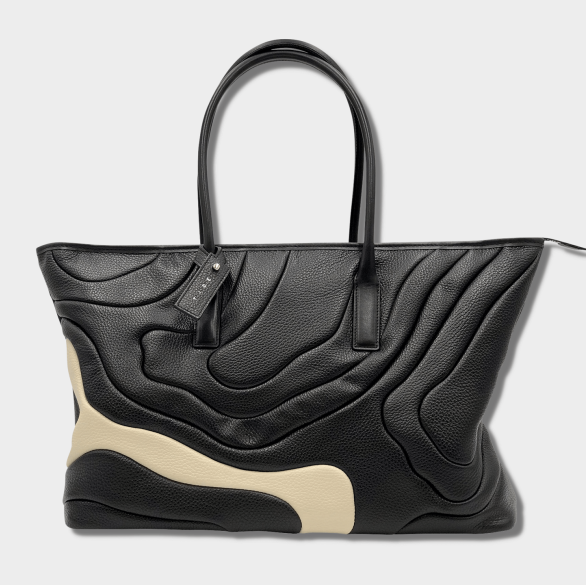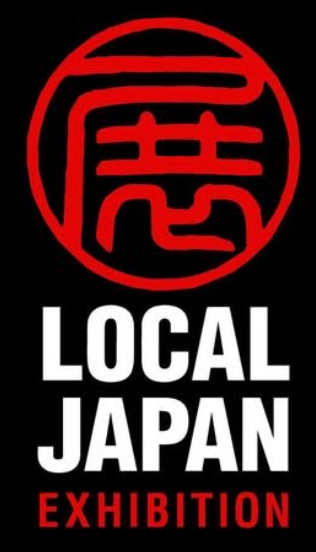For product details and purchase, please visit each sales site 

For product details and purchase,
please visit each sales site

Click on the photos for information on each workshop 

Paulownia chest
Tanaka Furniture Manufacturing Co.

Paulownia chest
Tanaka Furniture Manufacturing Co.
〒596-0004 2-18-5 Arakicho, Kishiwada City, Osaka Prefecture
TEL.072-443-8835
【Studio】
〒596-0002 1-19-8 Yoshiicho, Kishiwada City, Osaka Prefecture
TEL.072-443-5691
The Pinnacle of Kiri Chests: Osaka Senshu Kiri Tansu
The Senshu region, located in the southwestern part of Osaka Prefecture, is the birthplace of the kiri (paulownia) chest, boasting a history of 300 years. Recognized as a traditional craft by the Minister of Economy, Trade and Industry, over 90% of Osaka Senshu kiri chests are produced in Kishiwada.
Paulownia wood has the property of absorbing moisture in humid conditions and releasing it when dry. Unlike other types of wood, paulownia is slightly alkaline, which helps prevent insect damage.
With its excellent airtightness, humidity control, and insect resistance, the kiri chest is a traditional Japanese craft that cannot be found in other regions and is a source of national pride.
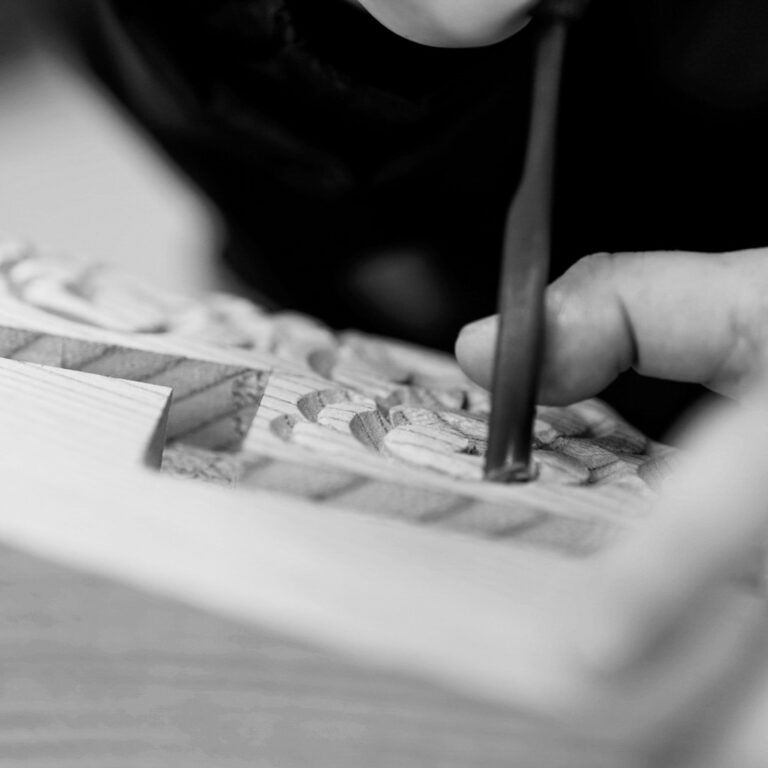
Danjiri carving
Kinoshita Sculpture Works

Danjiri carving
Kinoshita Sculpture Works
The Danjiri Festival, which began in the mid-Edo period, boasts over 300 years of history and tradition. While the sight of massive floats racing dynamically through the streets is spectacular, each danjiri is also adorned with such intricate carvings that they are often called “running works of art.”
Unlike other decorative arts, danjiri carvings are not finished with lacquer or gold leaf, but instead highlight the natural beauty of zelkova wood grain. The carvings feature a wide variety of motifs—from people, horses, and mythical creatures to flowers, birds, and arabesque patterns—often depicting famous scenes from war chronicles and mythological tales.
The stories chosen as themes for these carvings are frequently drawn from kabuki plays, ningyō jōruri (puppet theater), and kōdan (traditional storytelling), which were popular among the masses. Carvers create detailed preliminary sketches inspired by ukiyo-e prints and illustrated storybooks of these narratives, then use these sketches to develop three-dimensional designs. Finally, they engrave their masterful artistry into the solid zelkova wood.


Danjiri carving
Woodcarving Hara

Danjiri carving
Danjiri (Festival Floats) are made by assembling more than a thousand parts, each of which is decorated with delicate carvings. Danjiri carvings not only enhance the majestic appearance displayed during festivals, but are also appreciated as works of art in their own right. They play a role in conveying the skills of the carvers as well as the culture and history of the region.
The subjects include mythology, war chronicles, mythical creatures, plants and animals, waves, clouds, and more. Each region’s danjiri has its own unique themes and methods of expression.
Danjiri are not limited to the Senshu region; there are various forms of danjiri in other prefectures as well. Carvers are also widely involved in the carvings of taikodai (drum stands), yatai (festival floats), and other structures.
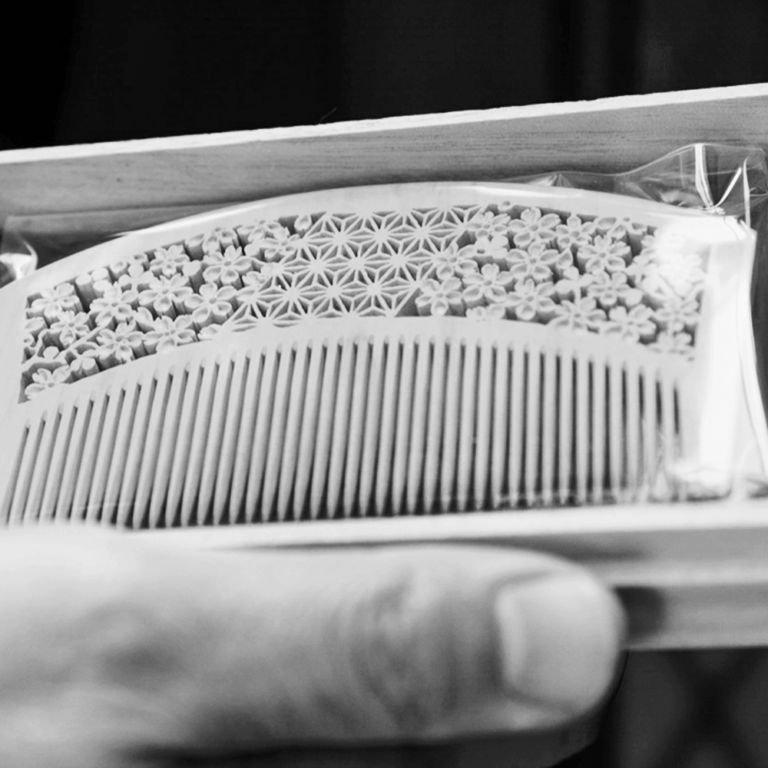
Tsuge comb
Nishide Comb Industry

Tsuge comb
Nishide Comb Industry
It is recorded in Kefukigusa (a haiku anthology describing customs) from Kan’ei 15 (1638) that Izumi was a famous production area for combs. Even today, traditional Izumi combs continue to be made in Kaizuka City and its surrounding areas.
Around Kōki 1230 (during the reign of Emperor Kinmei), a foreigner carrying eight kinds of comb-making tools drifted ashore at Nishikinohama in Kaizuka and taught the local villagers the techniques of comb production. This marked the beginning of a craft that eventually developed to account for over 80% of the nation’s total production. Out of gratitude for this blessing, our ancestors enshrined a deity at Nishikinohama, calling it Hachishina Shrine, which continues to be a center of local faith to this day.
Izumi combs became a unique industry of Kaizuka, and by Hōei 7 (around 1710), it is said there were already 119 artisans. Records also show that these combs were supplied to the Imperial Court, the Imperial Palace, the Konoe family, and Kasuga Taisha Shrine, among others.

Higashikagawa City in Kagawa Prefecture is an unparalleled global center for glove production, boasting a domestic market share of 90% for fashion, winter, and various sports gloves.
The glove industry in Higashikagawa began in the Meiji era and has a history spanning over 130 years. Throughout this long history, it has continuously adapted to the changing needs of the times.
Thanks to its wide product variety and exceptional quality, Higashikagawa is recognized not only in Japan but also worldwide as one of the leading comprehensive glove production regions.
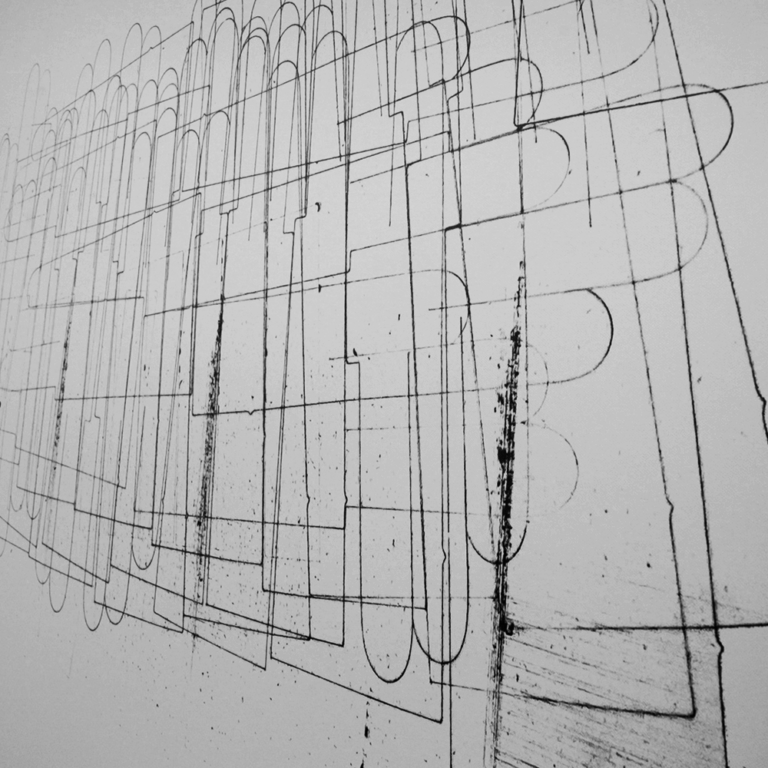
Glove
Kuroda

Glove
Kuroda
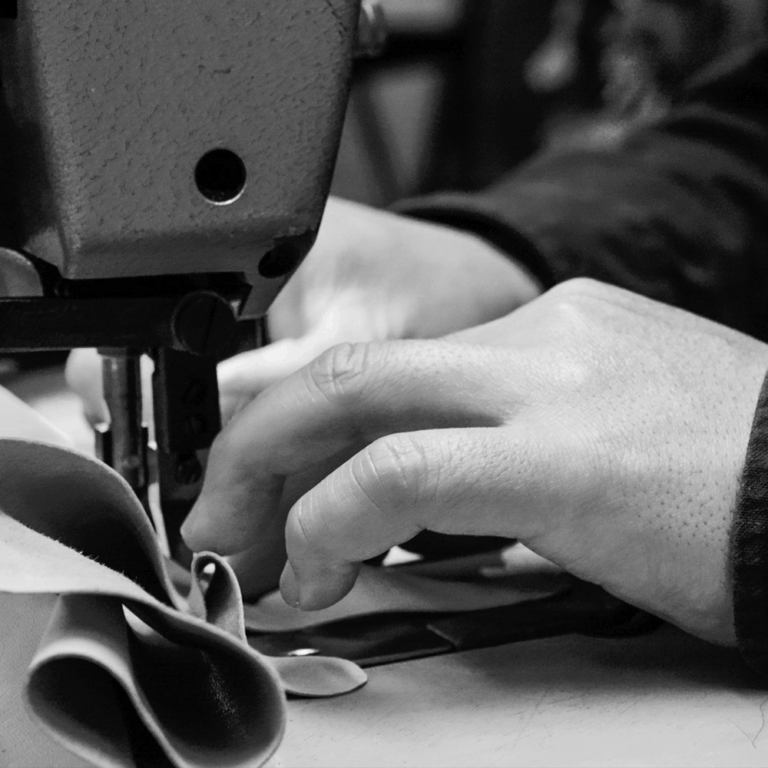
Glove
Hirata Glove

Glove
Hirata Glove
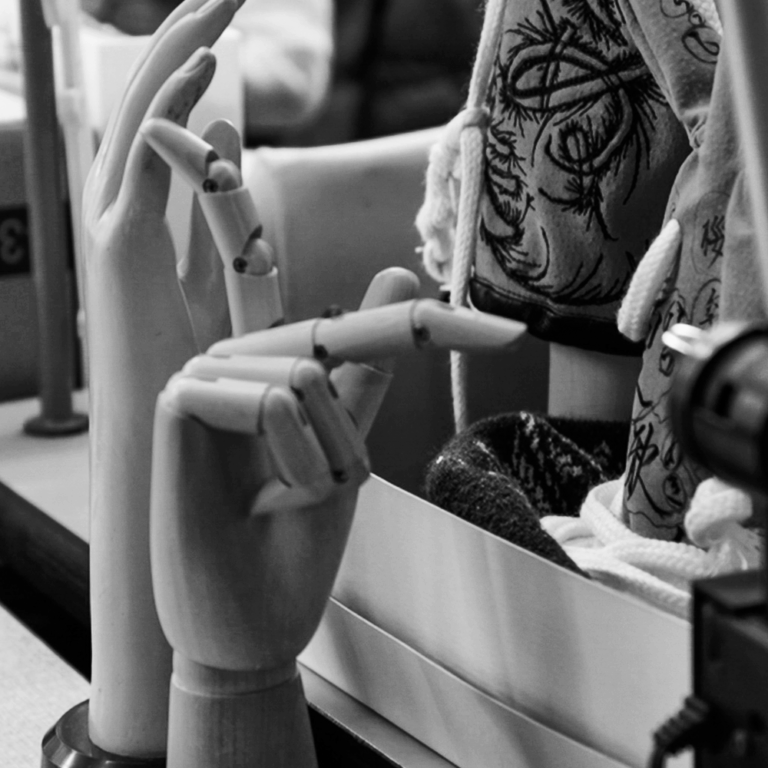
Glove
Tomokuni

Glove
Tomokuni
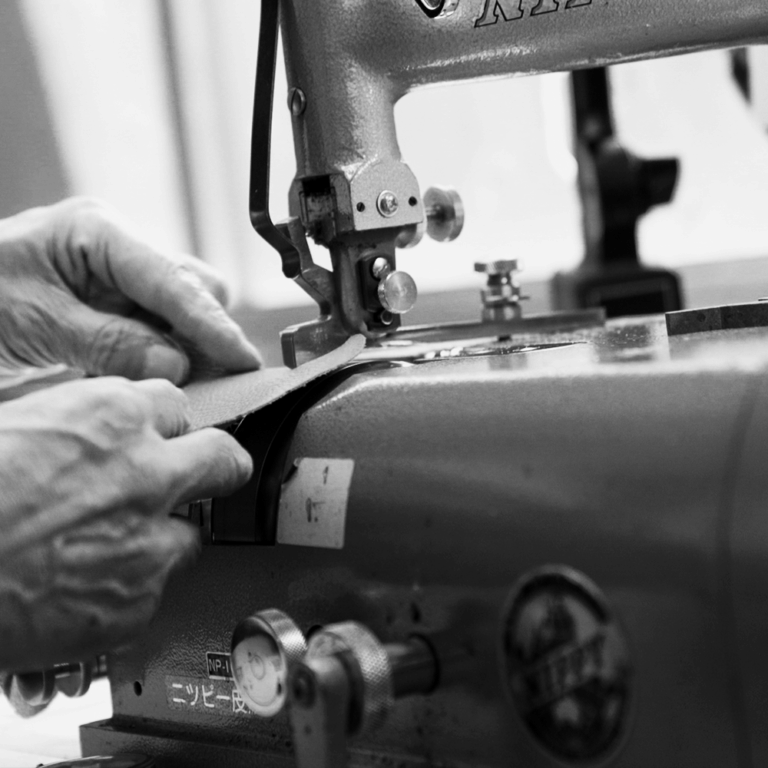
Leather goods
Urban Crafts

Leather goods
Urban Crafts

Glove
Ichina

Glove
Ichina
Tel.0879-25-5511
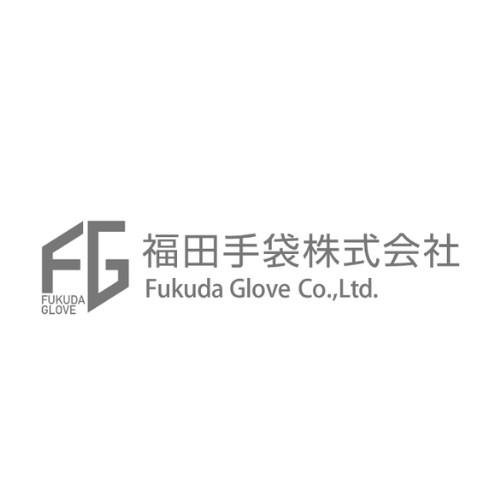
Glove
Fukuda Glove

Glove
Fukuda Glove
TEL.0879-33-3607


Bamboo work
Taketora

Bamboo work
Taketora
Bamboo and the Japanese people share a long history—bamboo has been an essential, familiar material in daily life for centuries. However, in recent years, changes in lifestyle and the advent of new materials have caused the bamboo industry to decline rapidly.
We want more people to rediscover bamboo—a material that is both eco-friendly and gentle on people. We hope Japanese people will once again appreciate bamboo, which has long been a part of their lives. And we want everyone involved in bamboo to believe in a new era for this remarkable material.
The Toratake Automobile Project began with such a straightforward and unwavering vision. Using the exceptionally rare Torafudake (Tiger-striped Bamboo), the project created a vehicle based on an environmentally friendly electric car to showcase bamboo’s flexibility, strength, and vast potential.
©2025 LOCAL JAPAN All Rights Reserved.
